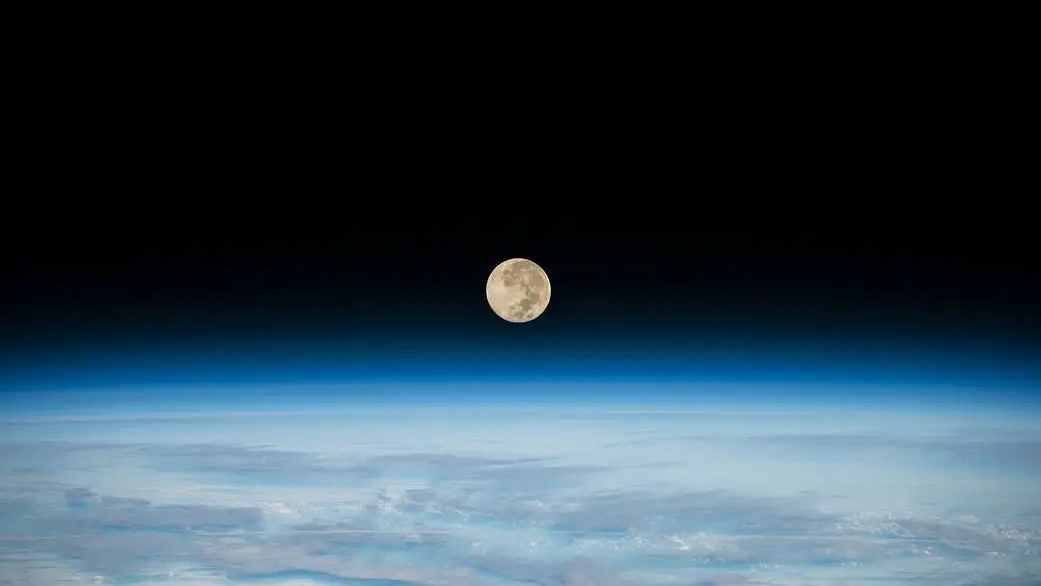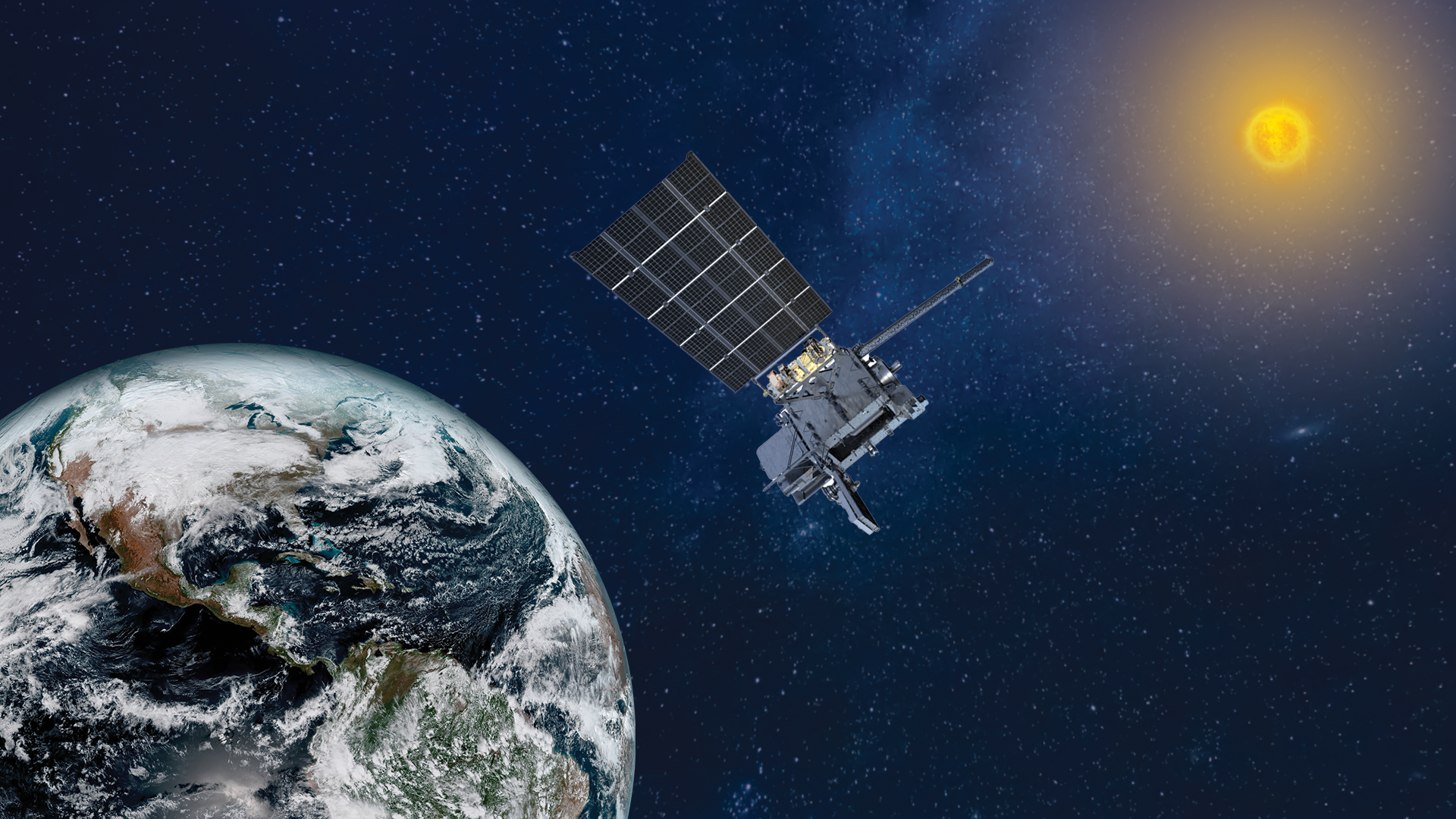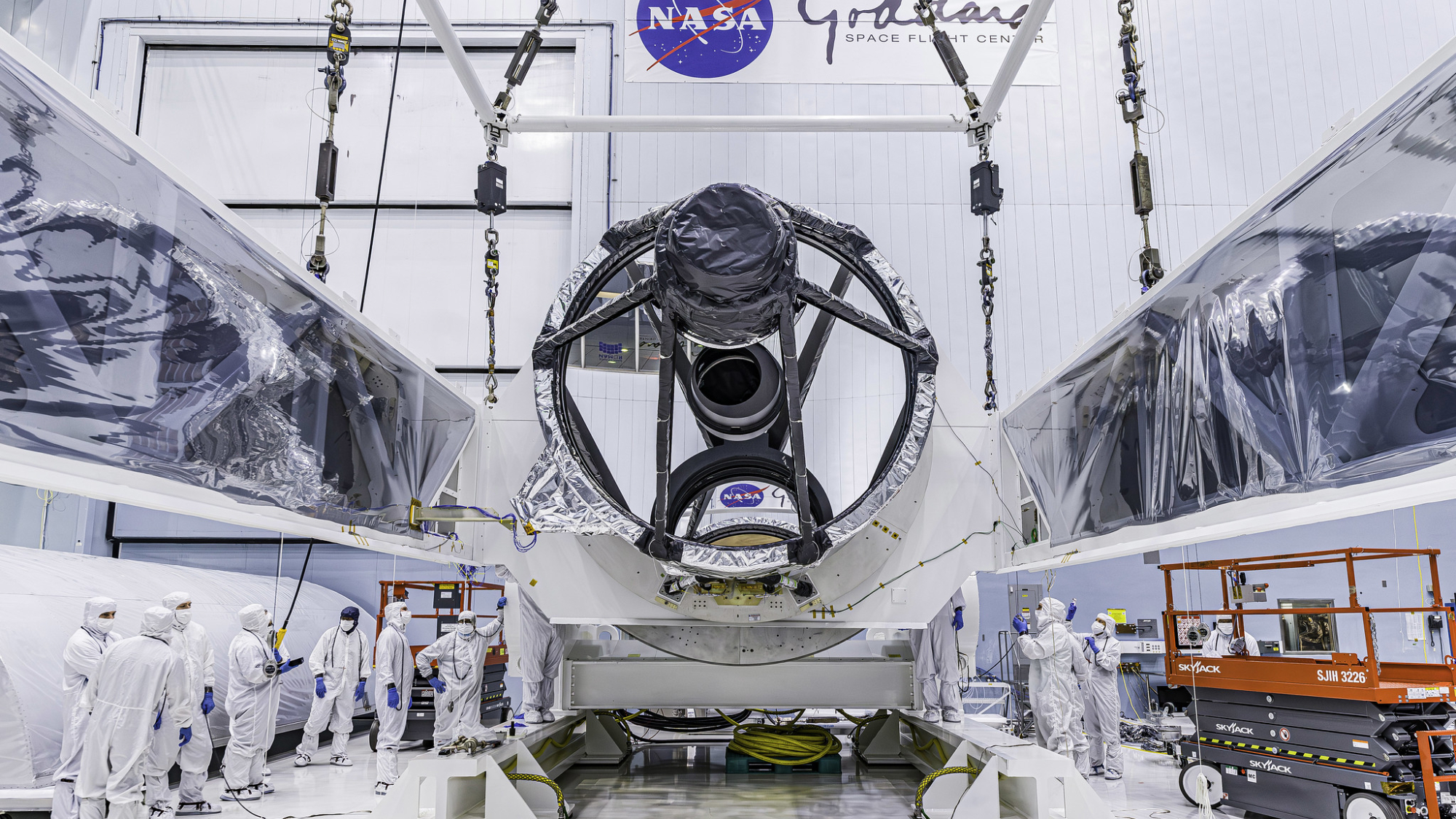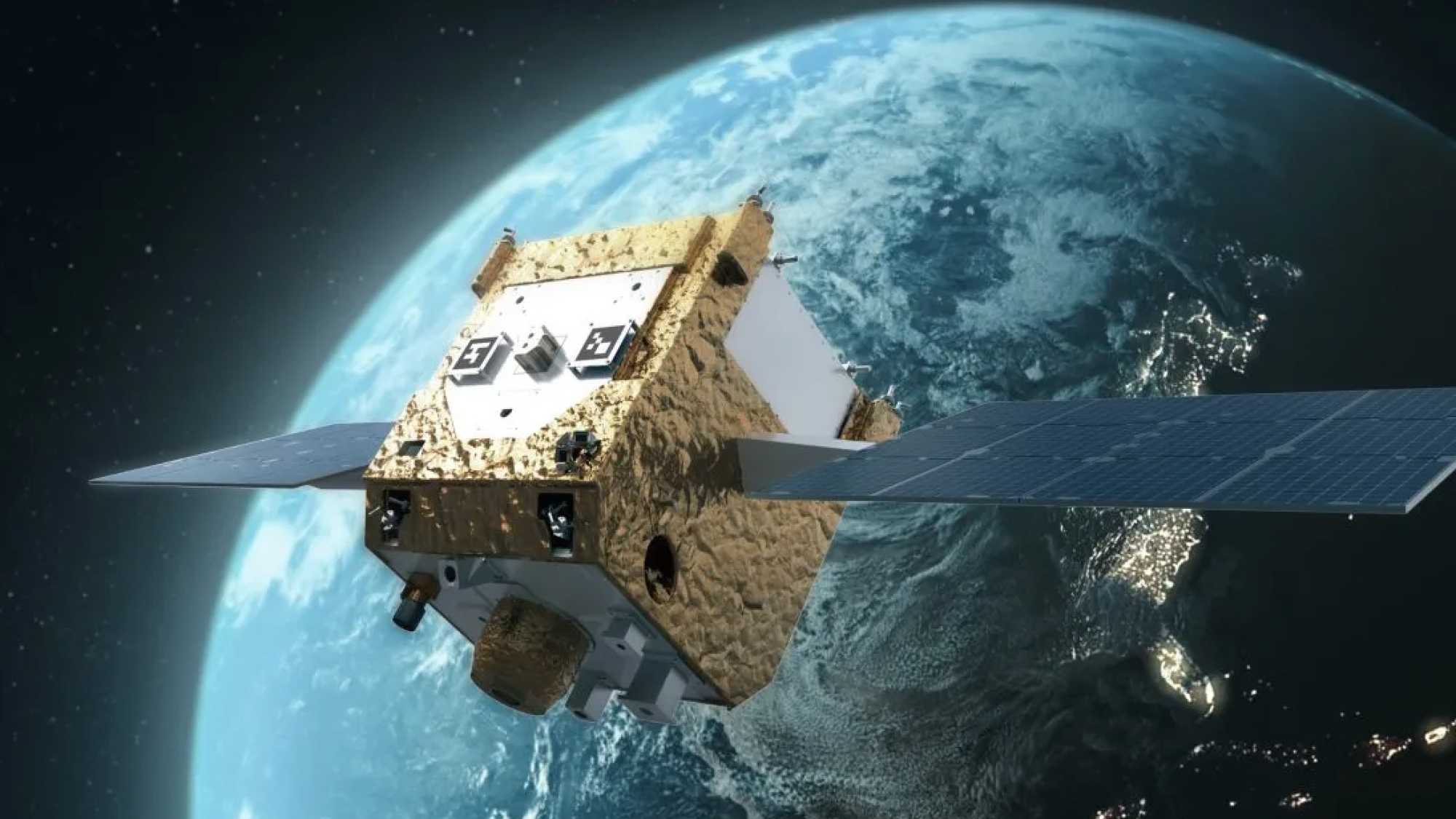Perseverance rover's Mars samples show traces of ancient water, but NASA needs them on Earth to seek signs of life
"There are some instruments that just can't be miniaturized and sent to Mars."
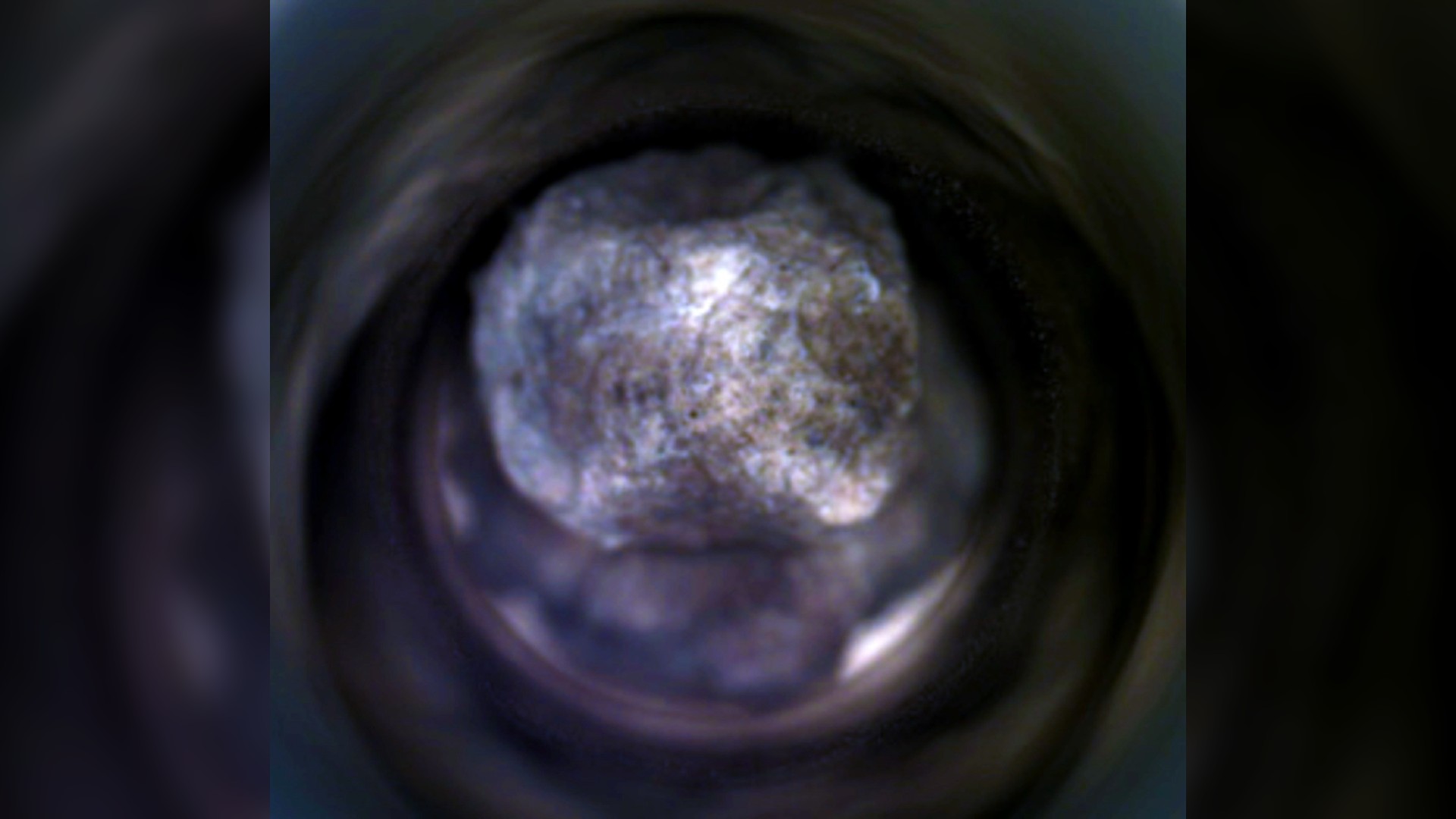
NASA's Perseverance rover has been busy gathering bits of Mars — rock cores the size of chalk sticks, clusters of broken fragments no bigger than pencil erasers, and even grains of dust fine enough to sit on the tip of a needle.
Now, scientists are preparing for the next step: cataloguing these samples before potentially bringing them home with NASA's Mars Sample Return program. While NASA is still weighing its options for bringing those precious bits of the Red Planet home, scientists have documented in a recent study what they know so far about the first samples of soil, regolith, and loose sediment collected by the Perseverance rover.
The researchers found that Perseverance's soil samples contain millimeter-sized grains from at least two different regions on the Red Planet that show signs of past water exposure and possible habitable conditions. Though the data looks promising, the team won't be able to confirm whether any traces of microbial life are present until the samples are back on Earth.
But it's not just the Red Planet's history that the samples will reveal, scientists say. "The samples will help us learn more about Mars, but they can also help us learn more about Earth because the surface of Mars is generally much older than the surface of Earth," said Libby Hausrath, a geochemist at the University of Nevada's College of Sciences and a member of the NASA Mars Sample Return team, in a university statement.
Earth's robotic explorers have been roaming Mars since the 1960s, uncovering clues about the planet's geology, atmosphere and history, and have provided groundbreaking insights through surface sampling and onboard analysis.
NASA's Perseverance rover, for example, is equipped with a suite of instruments including cameras, remote sensors, spectrometers and more that scientists have used to measure the chemistry and mineralogy of Martian regolith — the loose, fragmented layer of dust, soil, and broken rock covering the planet's surface.
"It's like a video game to see these images of Mars up close," said Hausrath. "You can zoom in, see the rocks and soil, pick out a spot to measure, figure out the chemistry and mineralogy of a specific rock — it's just incredible that we're able to do these things that seem like they're out of science fiction."
Get the Space.com Newsletter
Breaking space news, the latest updates on rocket launches, skywatching events and more!

But there's a limit to what scientists can do, especially when it comes to drawing definitive conclusions from the data. For one, the instruments onboard Perseverance are restricted by weight, size, and power constraints, limiting their capabilities. Bringing samples back to Earth will allow for far more detailed study using more advanced lab equipment that can't make the journey to Mars.
"The Perseverance rover is able to sample loose material less than 8 mm in size from the surface to a depth of ∼4–6 cm, which is then sealed in a sample tube and either deposited on the surface of Mars or stored in the rover similarly to the rock samples for potential return to Earth by the planned Mars Sample Return campaign," they wrote.
Additionally, Perseverance's onboard scientific instruments are restricted by weight, size, and power constraints, limiting their capabilities.
"There are some instruments that just can't be miniaturized and sent to Mars," Hausrath said, "so once the samples are back on Earth, we'll have much finer resolution, be able to measure smaller amounts of each of the samples and with higher precision."
Until then, the samples will wait on Mars until they can be retrieved by a robotic lander that will hopefully arrive to collect them some time in the 2030s.
"To get the data back and be able to target a specific rock or soil area, and be able to take measurements and decipher information from a tiny sample or specks of dust on another planet is just mind blowing," concluded Hausrath.
The study of Perseverance's first rock samples was published in the journal JGR Planets.
Join our Space Forums to keep talking space on the latest missions, night sky and more! And if you have a news tip, correction or comment, let us know at: community@space.com.

A chemist turned science writer, Victoria Corless completed her Ph.D. in organic synthesis at the University of Toronto and, ever the cliché, realized lab work was not something she wanted to do for the rest of her days. After dabbling in science writing and a brief stint as a medical writer, Victoria joined Wiley’s Advanced Science News where she works as an editor and writer. On the side, she freelances for various outlets, including Research2Reality and Chemistry World.
